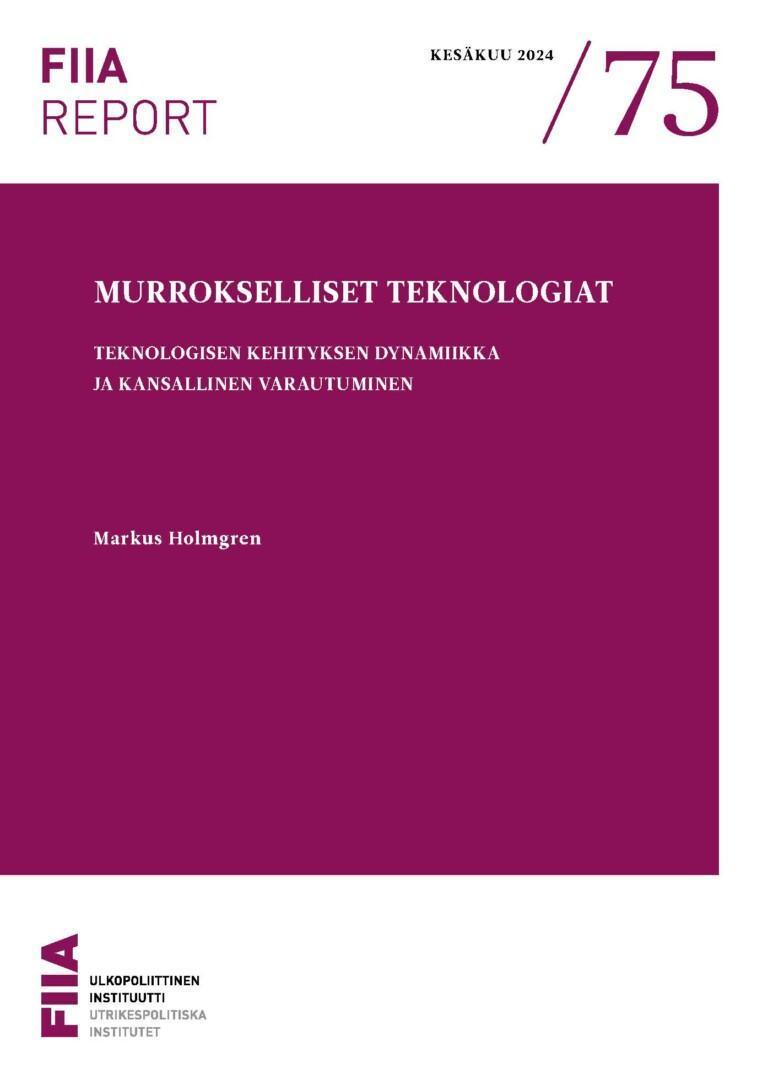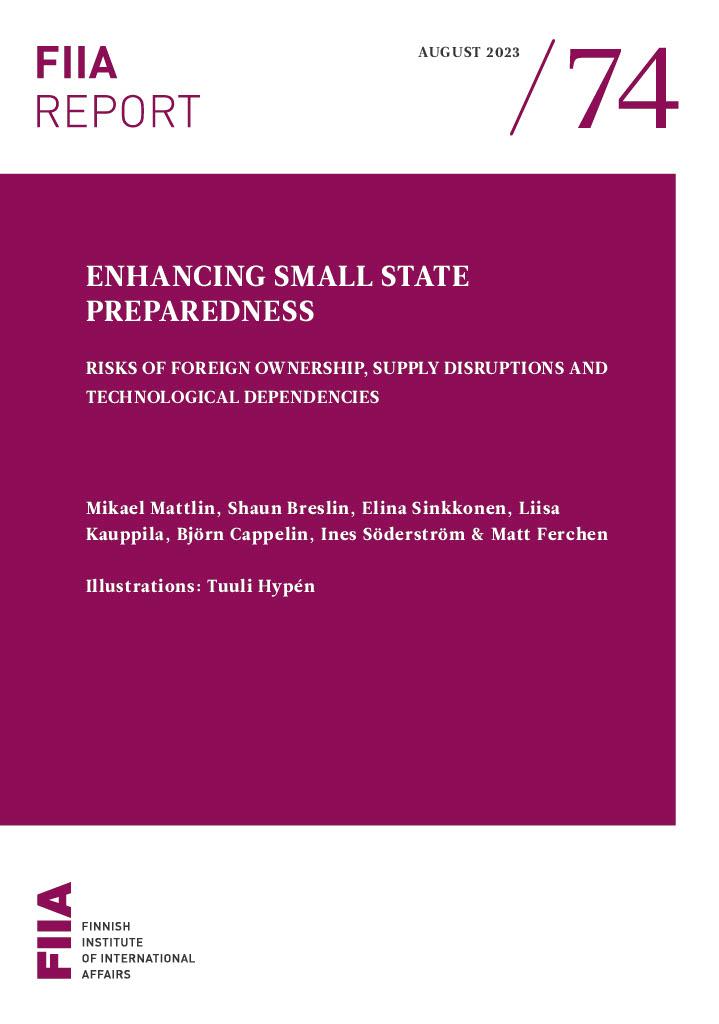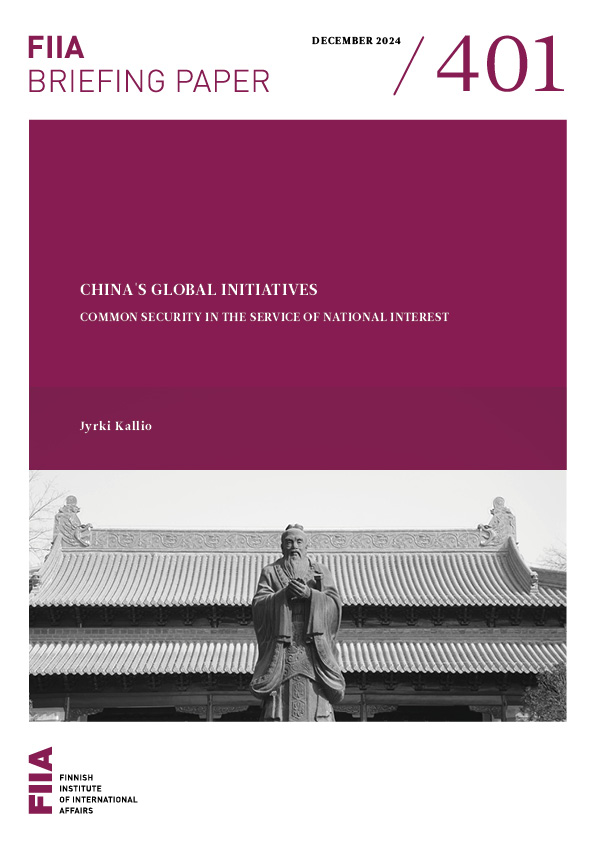The technological environment of national preparedness has been undergoing a slow yet difficult-to-predict change. Disruptive technologies, such as artificial intelligence, quantum computing, cloud robotics, digital currencies, and biotechnology, are challenging existing practices while introducing new challenges and vulnerabilities, both in times of normalcy and emergency.
This report examines this change on four levels. Disruptive effects are always launched by a single innovation that drives technological advancement. Technological advancement and its disruptive effects compound first into trends in the field of technology, then into macrotrends, and finally into global trends that shape the global order.
Predicting large-scale trends is both easier and more important compared to individual innovations. However, preparing for these large-scale changes requires actions at both the national and EU levels. The most important task is to ensure that the governing systems support a smooth adaptation to the changes brought about by technological advancement in the technological environment.







